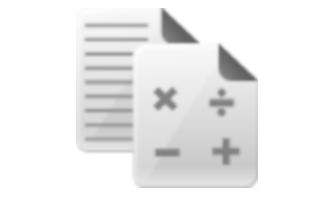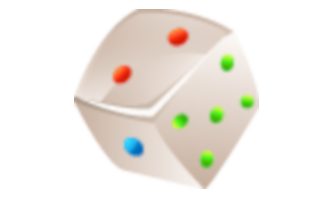The energy of waves
Science, Grade 6
The energy of waves
Study Guide

The energy of waves
Flash Cards

The energy of waves
Quiz

The energy of waves
Worksheets

The energy of waves
Games

Study Guide The energy of waves Science, Grade 6
❮
1
/
4
❯
ENERGY OF WAVES Wave Basics When a disturbance transfers energy from one place to another, this is referred to as a wave. Most waves, except for electromagnetic waves, require a substance or medium through which they can travel. This medium could be a solid, liquid or vapor like air. Waves requiring a medium are called mechanical waves. In these waves, energy is transferred from particle to particle, as the particles bump into each other and pass along the waves of energy. Basically, the source of energy is causing the particles in the medium to vibrate. Waves of energy travel through the particles of the medium, but they don't carry the medium with them. LESSON CHECKPOINT: What is the relationship between a medium and a wave? Mechanical Waves Mechanical waves are classified according to how they move. The two types of mechanical waves are transverse and longitudinal. A wave that moves its medium at 90 degree angles to the direction in which the wave is going is transverse. The rope in the picture below illustrates a transverse wave. Waves that move the medium parallel to the direction of the wave are called longitudinal. The picture of the spring illustrates a typical longitudinal wave. In the diagram above, energy creates areas of compression where particles of the medium are brought close together. Areas of the wave where the mediums particles are spread out are called rarefactions. LESSON CHECKPOINT: What are the two different types of mechanical waves? © Copyright NewPath Learning. All Rights Reserved. Permission is granted for the purchaser to print copies for non-commercial educational purposes only. Visit us at www.NewPathLearning.com.
The term amplitude is used to describe the maximum distance that the medium particles move away from their resting position when a wave is passing through. In a transverse wave, amplitude would describe how much up and down movement the particles exhibit and, in a longitudinal wave, it describes the amount of compression and rarefaction that occurs. A wavelength is the distance between two corresponding locations on a wave. The diagram above also shows examples of wave frequency. Frequency is the number of waves that pass a location in a certain amount of time. The more complete waves that pass a given point in a certain amount of time, the greater the frequency. As the diagram indicates, frequency is measured in a unit called a hertz (Hz). LESSON CHECKPOINT: What is the difference between the amplitude, wavelength, and frequency of a wave? Waves travel at different speeds. To calculate the speed of a wave, use the formula below: Speed = wavelength x frequency © Copyright NewPath Learning. All Rights Reserved. Permission is granted for the purchaser to print copies for non-commercial educational purposes only. Visit us at www.NewPathLearning.com.
Interactions of Waves Waves interact in several different ways. • One type of interaction is reflection. In this case, when a wave makes contact with an object that it can not pass through, it bounces off. Light reflecting off a mirror is a good example of this. • Another type of interaction is called refraction, which is the bending of a wave. In the diagram below, the light beam has spread out because the speed of one side of the beam makes contact with the new medium before the other side. • Another type of interaction is called diffraction. This accounts for how waves spread out through openings or how waves go around corners. • The final type of interaction is called interference. Sometimes waves combine in a constructive manner to make a wave of greater amplitude. Other times, waves can combine in a destructive manner to decrease the overall amplitude of the new wave. See the diagram below for an illustration of this. LESSON CHECKPOINT: What are the ways that waves interact with each other? © Copyright NewPath Learning. All Rights Reserved. Permission is granted for the purchaser to print copies for non-commercial educational purposes only. Visit us at www.NewPathLearning.com.
Seismic Waves Waves that are caused by earthquakes are called seismic waves. The movement and breaking of rock in the Earth's crust causes earthquakes. When an earthquake occurs, energy gets released through rock as both transverse and longitudinal waves. The transverse waves are called S waves and the longitudinal waves are referred to as P waves. Earthquakes under the ocean cause the ocean crust to shift and break, and large amounts of water can be displaced, creating large waves of water called tsunamis. These waves of water typically have very long wavelengths, often several hundred kilometers long. Tsunamis are powerful and can be very destructive when they reach shorelines. LESSON CHECKPOINT: What waves cause earthquakes? © Copyright NewPath Learning. All Rights Reserved. Permission is granted for the purchaser to print copies for non-commercial educational purposes only. Visit us at www.NewPathLearning.com.
